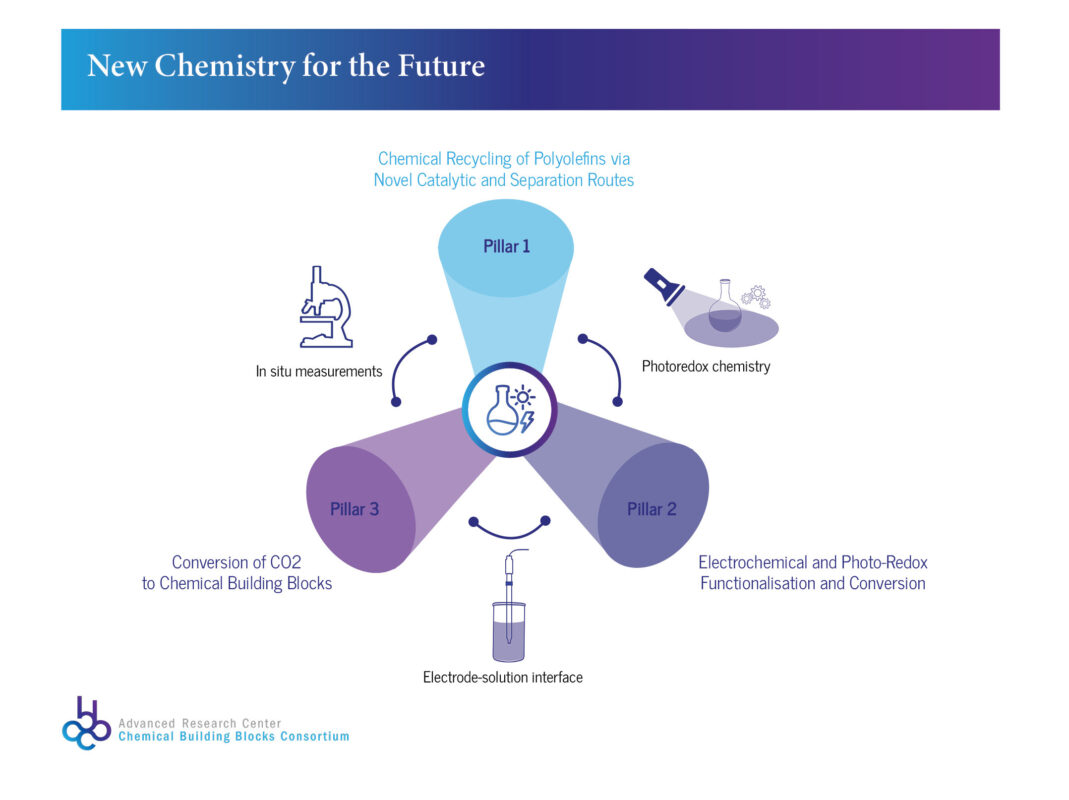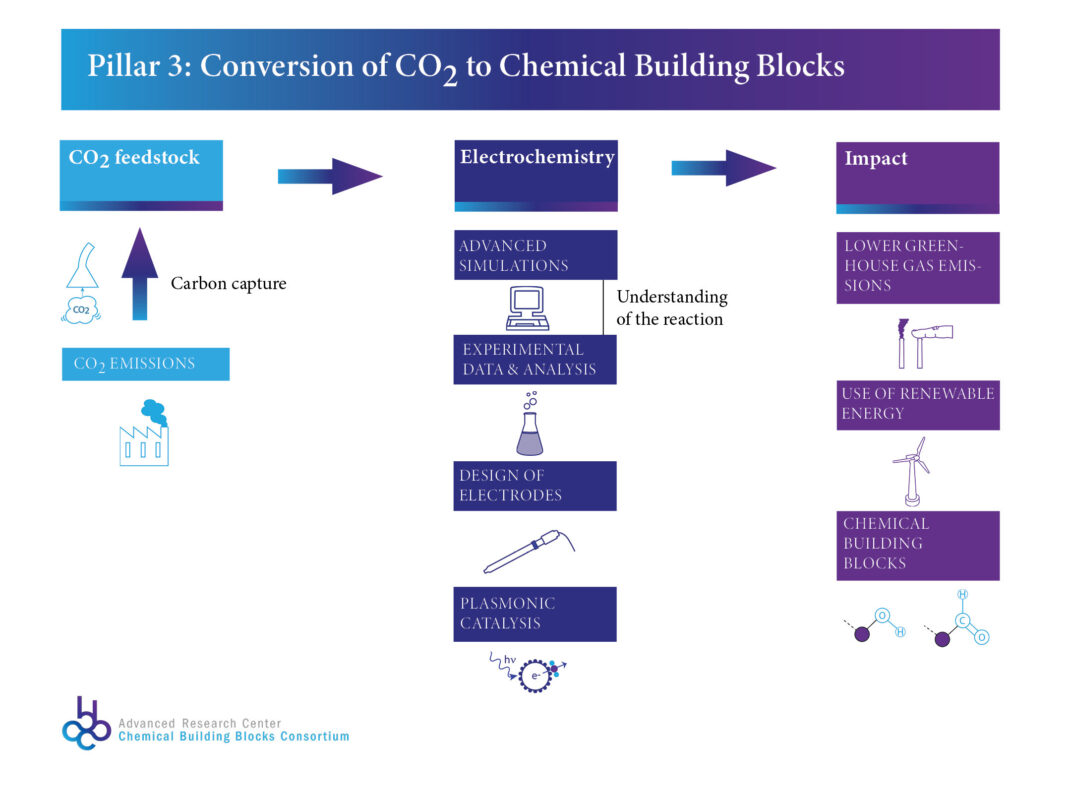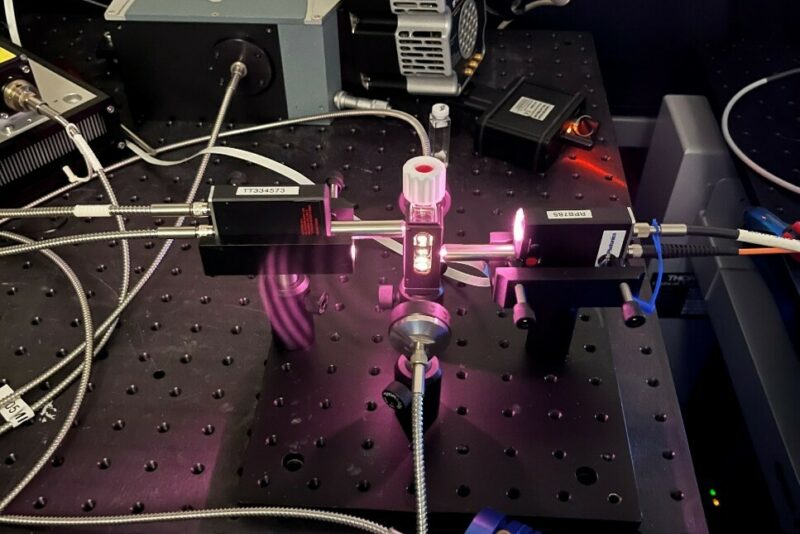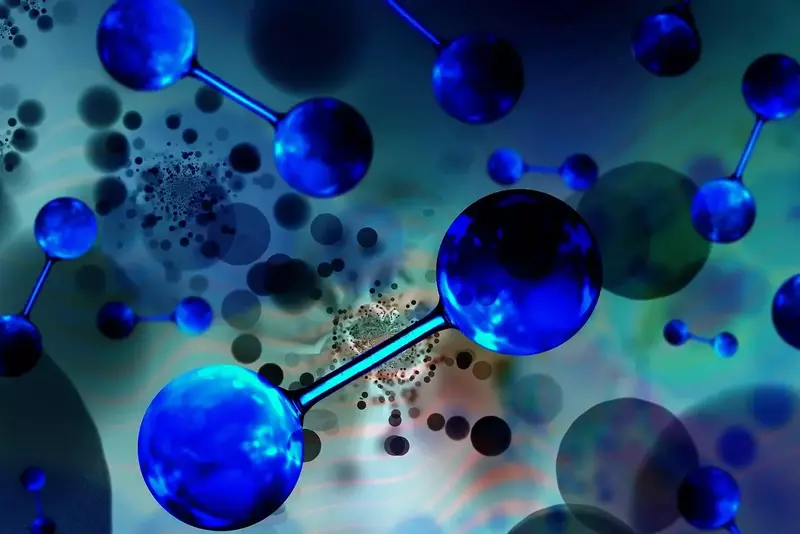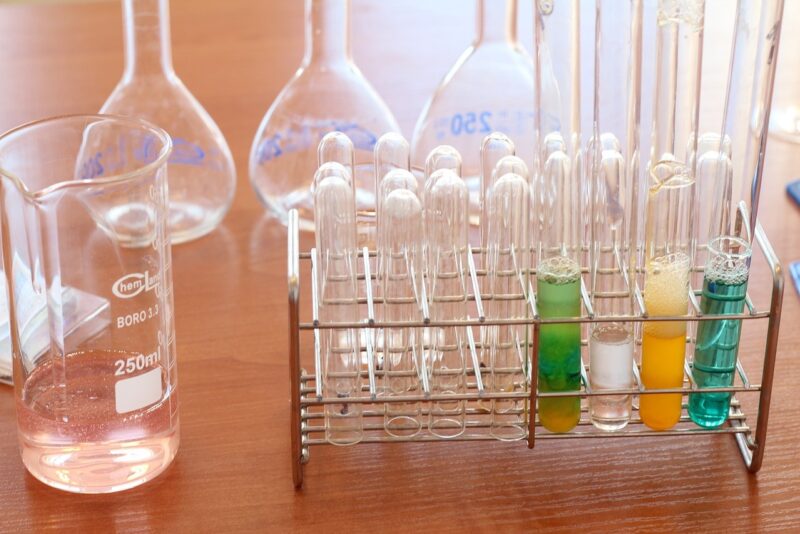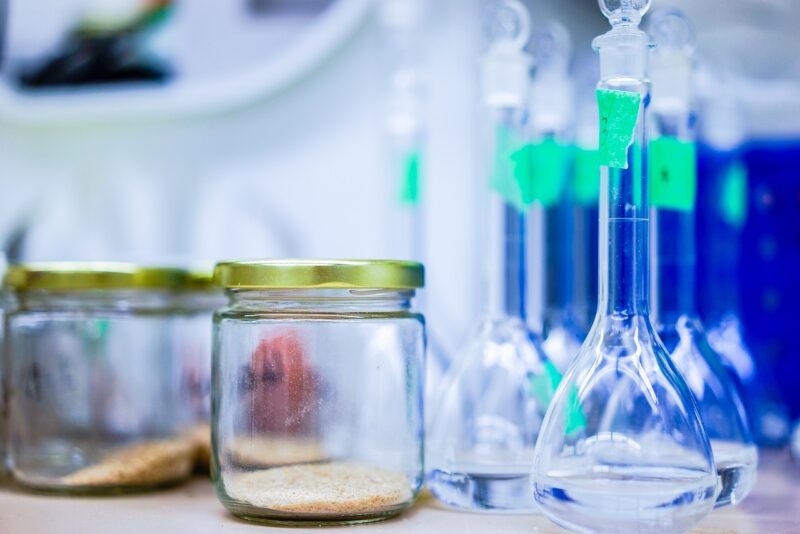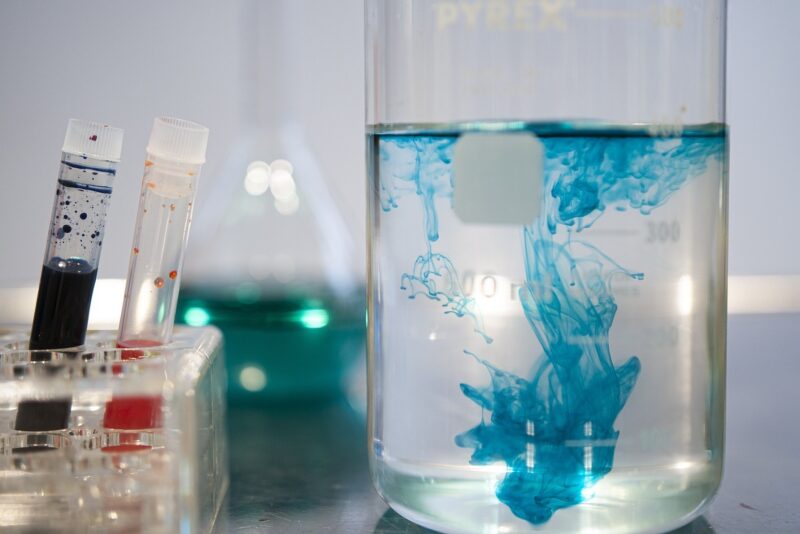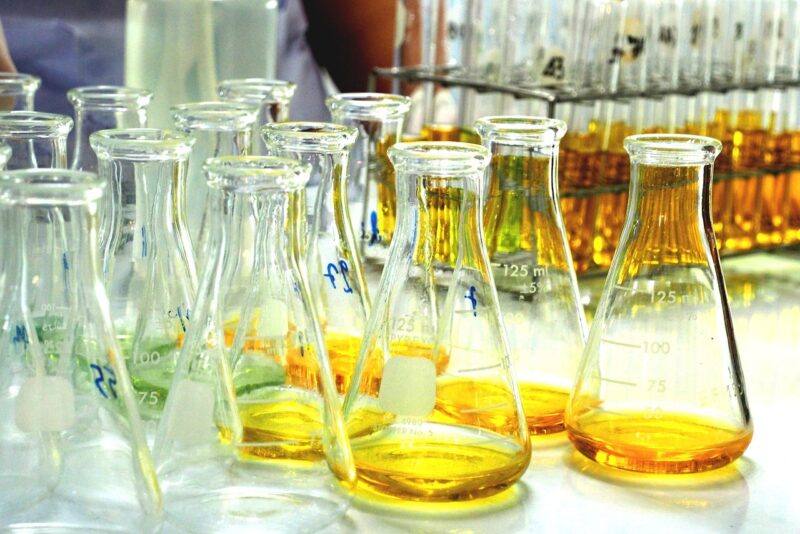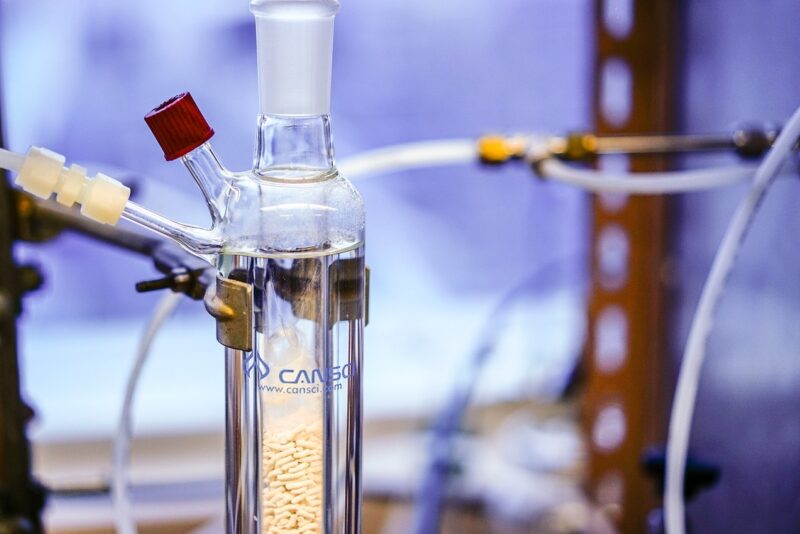The scientific ambition of this large multilateral project is the development of novel chemistry for addressing important challenges associated with the treatment of a variety of waste streams as well as with the reduction of energy costs in the production of specialty and commodity chemicals.
New chemistry for the Future: Chemical plastic recycling, Conversion of CO2 to chemical building blocks, Photoredox and Electrochemistry
In the past decades, plastic waste streams and CO2 emissions raised major concerns due to the strong environmental impact and the direct involvement in climate change and pollution. Aligned with these societal concerns, the development of chemical processes using less energy and generating less by-products is also part of the essential changes needed in industry. The ambition of this large research program is to develop a range of innovative catalytic technologies that enable the recycling and reuse of these waste streams as feedstocks (i.e., plastics and CO2) for the production of new and high-quality products. The development of novel methods allowing for conducting important chemical processes under mild reaction conditions, by using renewable electricity and light, is also included in this program.
This large research program has been constructed around three pillars:
Chemical Recycling of Polyolefins via Novel Catalytic and Separation Routes: In this pillar, novel chemical routes for the recycling of polyolefins are developed and explored. The development of a firm science and technology base for the chemical re- and upcycling of plastics into chemical building blocks would bring significant advantages compared with mechanical recycling.
Electrochemical and Photo-Redox Functionalisation and Conversion; A Route to Sustainability: this pillar aims at shifting the paradigm of chemical synthesis by coupling redox catalysis to an additional, renewable energy source, thereby enhancing the sustainability, safety and energy-preservation of chemical synthesis.
Conversion of CO2 to Chemical Building Blocks: Using CO2 as a feedstock for the industrial production of base chemicals is an appealing approach to prevent greenhouse gas emissions. Compared to traditional thermal catalysis, electrochemical processes are appealing because they offer the prospect of feeding energy directly into the breakage and new formation of specific chemical bonds, without needing to heat the entire reactor.
